

Omeprazole is a highly effective inhibitor of gastric acid secretion used in the therapy of stomach ulcers, dyspepsia, peptic ulcer disease, gastro-oesophageal reflux disease and Zollinger-Ellison syndrome. The drug inhibits the H(+)-K(+)-ATPase (H(+)-K(+)-exchanging ATPase) in the proton pump of gastric parietal cells. Omeprazole is one of the most widely prescribed drugs internationally and is available over the counter in some countries. We are the leading and trusted omeprazole API, pellets supplier worldwide with reliable lead times and global supply capability.



Omeprazole is a highly effective inhibitor of gastric acid secretion used in the therapy of stomach ulcers, dyspepsia, peptic ulcer disease, gastro-oesophageal reflux disease and Zollinger-Ellison syndrome. The drug inhibits the H(+)-K(+)-ATPase (H(+)-K(+)-exchanging ATPase) in the proton pump of gastric parietal cells. Omeprazole is one of the most widely prescribed drugs internationally and is available over the counter in some countries. We are the leading and trusted omeprazole API, pellets supplier worldwide with reliable lead times and global supply capability.

.3d8f8f41.svg)
Pharmaceutical
.3556d45a.svg)

Pharmaceutical Actives & Precursors


Active Pharmaceutical Ingredients (APIs)
.7767eb0f.png)

Chemical Properties & Specifications
Oral: Omeprazole is commonly administered in tablet and capsule forms, providing an easy and convenient way for patients to take the medication. Injectable: In severe cases, intravenous (IV) formulations of Omeprazole are available for rapid acid suppression in critical care settings.
Gastrointestinal Care: Omeprazole is used to treat gastroesophageal reflux disease (GERD), peptic ulcers, and Zollinger-Ellison syndrome, conditions involving excessive stomach acid production. Acid-related Disorders: It helps provide relief from heartburn and acid reflux, commonly associated with acid-related gastrointestinal conditions.
Ulcer Prevention: Omeprazole is prescribed as a prophylactic treatment to prevent gastric ulcers in patients taking NSAIDs or undergoing long-term steroid therapy, both of which increase the risk of ulcers.
Pediatric Applications: Special formulations of Omeprazole are available for pediatric use to treat acid-related disorders in children, ensuring safe and effective dosage for younger patients.
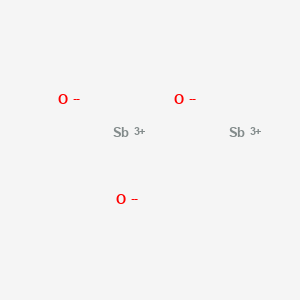
CAS No. : 1309-64-4
Category : Synergists & Smoke Suppressants
Sub-Category : Antimony-based synergists
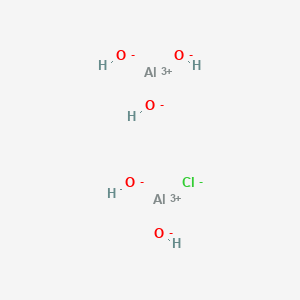
CAS No. : 1327-41-9
Category : Inorganic Chemicals
Sub-Category : Metal-Based Coagulants
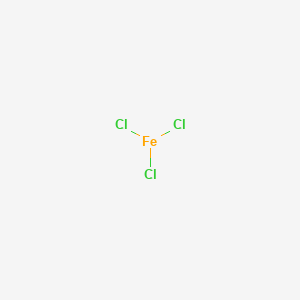
CAS No. : 7705-08-0
Category : Inorganic Chemicals
Sub-Category : Metal-Based Coagulants
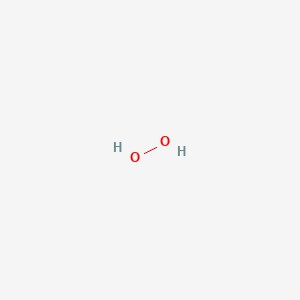
CAS No. : 7722-84-1
Category : Inorganic Chemicals
Sub-Category : Peroxides & Oxidizing Agents
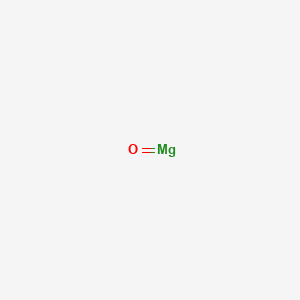
CAS No. : 1309-48-4
Category : Pharmaceutical Actives & Precursors
Sub-Category : Active Pharmaceutical Ingredients (APIs)
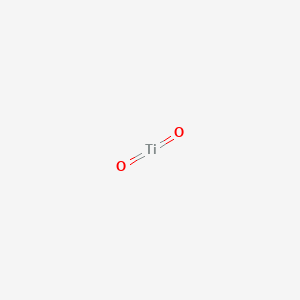
CAS No. : 13463-67-7
Category : Pigments & Colorants
Sub-Category : Inorganic Pigments
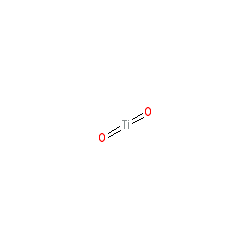
CAS No. : 13463-67-7
Category : Pigments & Colorants
Sub-Category : Inorganic Pigments
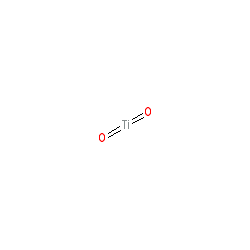
CAS No. : 13463-67-7
Category : Pigments & Colorants
Sub-Category : Inorganic Pigments
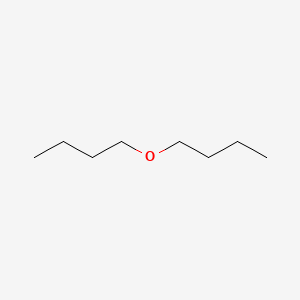
CAS No. : 142-96-1
Category : Solvents & Carriers
Sub-Category : Ethers & Ether-Based Solvents
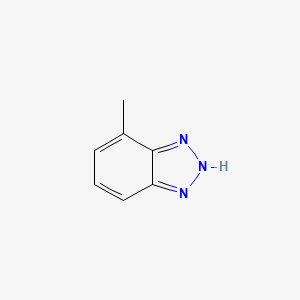
CAS No. : 29385-43-1
Category : Specialty Polymers & Additives
Sub-Category : Corrosion Inhibitor Additives

CAS No. : 25322-69-4
Category : Specialty Polymers & Additives
Sub-Category : Polyether Polyols

CAS No. : 78-93-3
Category : Base Chemicals & Intermediates
Sub-Category : Ketones & Solvents
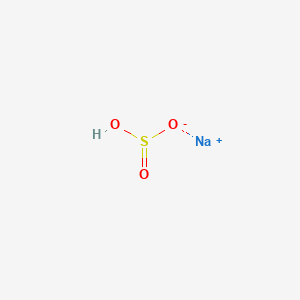
CAS No. : 7631-90-5
Category : Food Ingredients
Sub-Category : Sulfur-Based Compounds
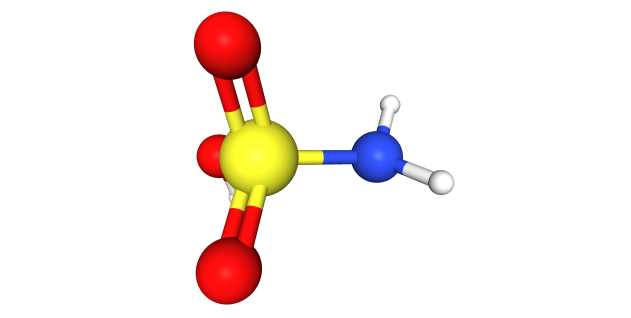
CAS No. : 5329-14-6
Category : Inorganic Chemicals
Sub-Category : Acid Derivatives

CAS No. : 100-44-7
Category : Organic Intermediates
Sub-Category : Chlorinated Aromatic Compounds

CAS No. : 7758-94-3
Category : Inorganic Chemicals
Sub-Category : N/A

CAS No. : 1314-13-2
Category : Plant Health, Nutrients & Soil Management
Sub-Category : Zinc-Based Functional Additives
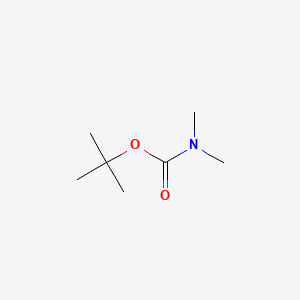
CAS No. : 61788-93-0
Category : Surfactants & Emulsifiers
Sub-Category : Fatty Amines

CAS No. : 7647-01-0
Category : Inorganic Acids
Sub-Category : Mineral Acids
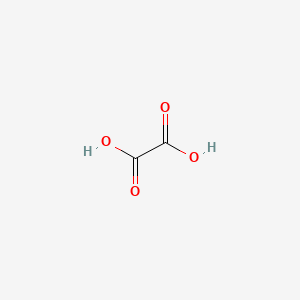
CAS No. : 144-62-7
Category : Organic Acid Derivatives
Sub-Category : Dicarboxylic Acids
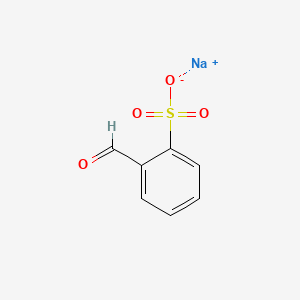
CAS No. : 17465-11-3
Category : Organic Intermediates
Sub-Category : Aromatic Sulfonates

CAS No. : 7704-34-9
Category : Inorganic Chemicals
Sub-Category : Sulfur & Derivatives
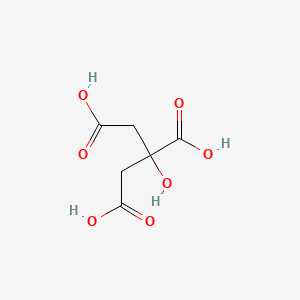
CAS No. : 77-92-9
Category : Food Ingredients
Sub-Category : Flavor Enhancers
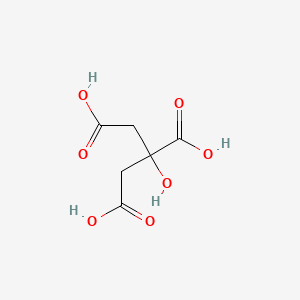
CAS No. : 77-92-9
Category : Food Ingredients
Sub-Category : Flavor Enhancers
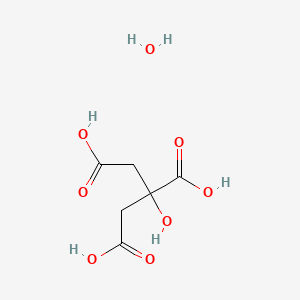
CAS No. : 5949-29-1
Category : Food Ingredients
Sub-Category : Flavor Enhancers

CAS No. : 7631-90-5
Category : Food Ingredients
Sub-Category : Sulfur-Based Compounds
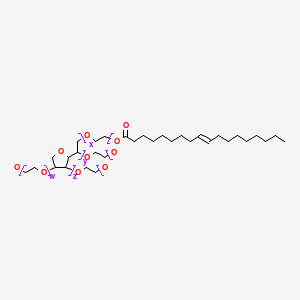
CAS No. : 9005-65-6
Category : Surfactants & Emulsifiers
Sub-Category : Functional Emulsifiers
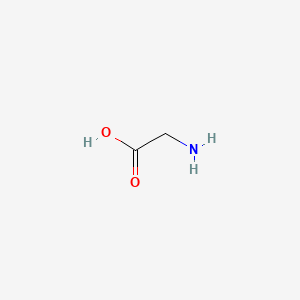
CAS No. : 56-40-6
Category : Nutraceutical Ingredients
Sub-Category : Amino Acids & Proteins
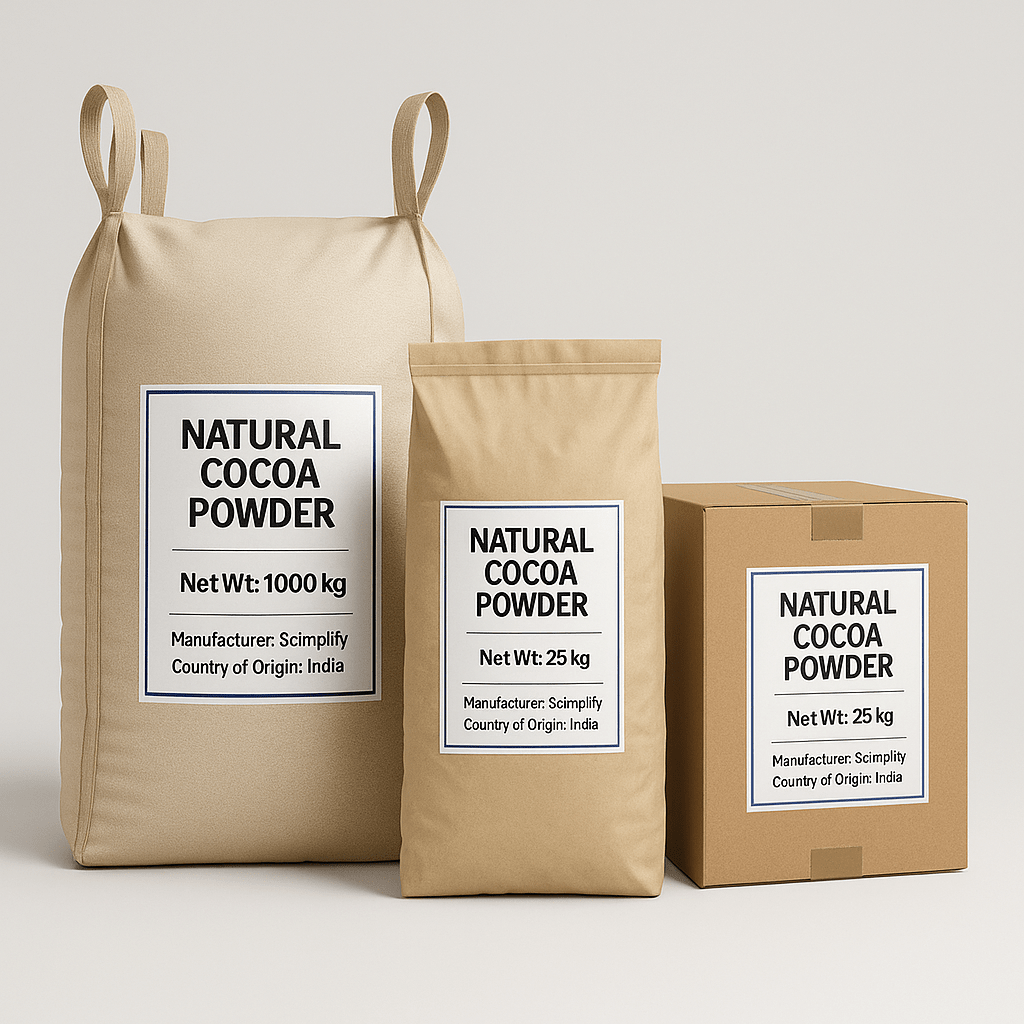
CAS No. : 84649-99-0
Category : Food Ingredients
Sub-Category : Cocoa & Chocolate Derivatives
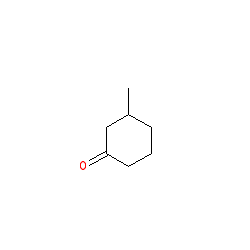
CAS No. : 36306-87-3
Category : Fragrance Ingredients
Sub-Category : Ionones & Ketones

CAS No. : 16409-43-1
Category : Fragrance Ingredients
Sub-Category : Cyclic Alcohols & Ethers
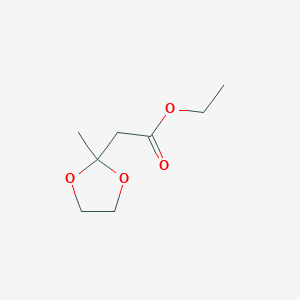
CAS No. : 6413-10-1
Category : Fragrance Ingredients
Sub-Category : Ketal Fruit Esters
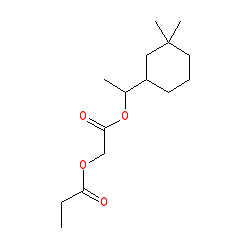
CAS No. : 236391-76-7
Category : Fragrance Ingredients
Sub-Category : Polycyclic Synthetic Musks

CAS No. : 236391-76-7
Category : Fragrance Ingredients
Sub-Category : Polycyclic Synthetic Musks
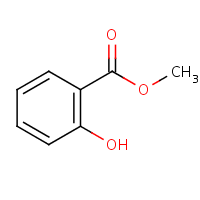
CAS No. : 119-36-8
Category : Fragrance Ingredients
Sub-Category : Aromatic Esters